Schindler/Schmidt Conservation Area
- Conservation Area closed from Sunset to Sunrise.
- Motorized Vehicles are Prohibited.
- Trail Map
- Management Plan - Revised November 14, 2013 - Plan is temporarily removed until map updates are made.
- GPS Coordinates: 41.90340,-72.36973
- Boundary GPS Data
If visiting the Schindler/Schmidt Conervation Area, please be aware that the "Scenic Rock" is located on private property. At this point, visitors may not trespass. We thank you for your cooperation.
The Schindler/Schmidt Conservation Area is a 123 acre parcel of land on the east side of Sugar Hill Road in the north central section of Tolland. It was purchased in 2007 in two parcels from Alfred and Shirley Schindler and William and Rhoda Schmidt, a brother and sister and their spouses, with assistance from a grant from the State of Connecticut Open Space and Watershed Land Acquisition program administered by the Connecticut Department of Energy and Environmental Protection.
The main access to the property is from scenic Sugar Hill Road, along which it has over 700 feet of frontage. There is also access from Kendall Mountain Road, a narrow dirt road. 0.3 miles further east down Kendall Mountain Road is the entrance to the 74 acre Palmer Kendall Mountain Conservation Area.
The Schindler/Schmidt property is an upland woodland area in both the Skungamaug River and Shenipsit Lake Watershed. It is in the headwaters to Charter Marsh, an important State Wildlife Management area. It flows to the Skungamaug River and then to the Willimantic River. The latter is part of a water supply watershed for the Town.
The property contains a number of valuable resources. There is a mature interior Oak-Hickory upland forest that has not been logged in over 90 years. There are also many hemlock and chestnut trees. It is a critical part of a biologically diverse forest. There are two unique bogs: one an open bog and the other a scrub/shrub bog. The latter provides an opportunity to view sundews and pitcher plants in their natural habitat.
The dense forest with bogs, caves, and rocky outcrops is suitable for amphibians, hawks, woodcocks, foxes, bobcats, and bears. There is numerous evidence of bears, fisher cats and nesting owls. Cranberries were cultivated in the bog area in the 1800s.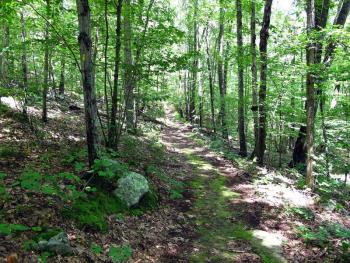
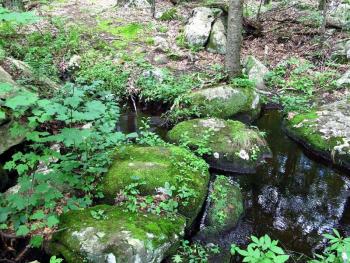
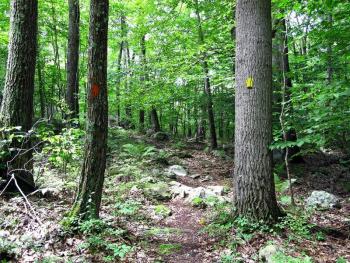
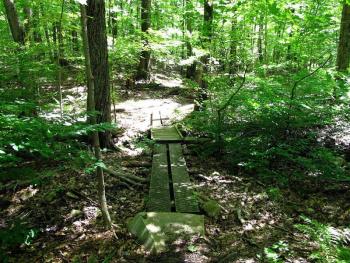
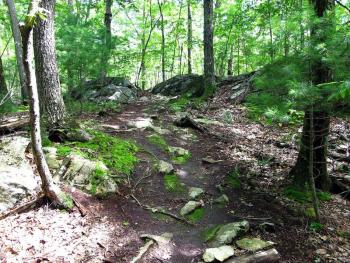
More pictures are on our Schindler/Schmidt Facebook page.

